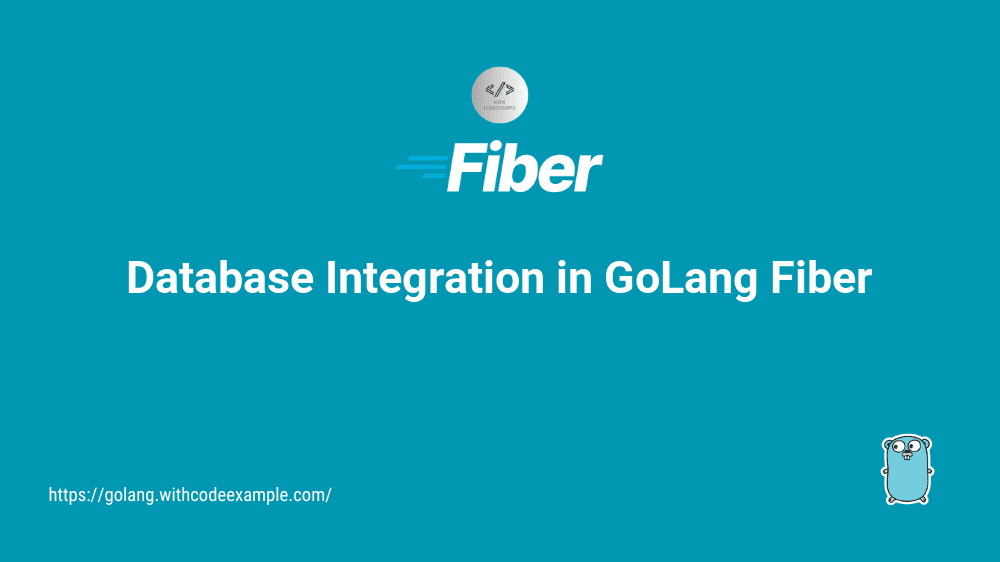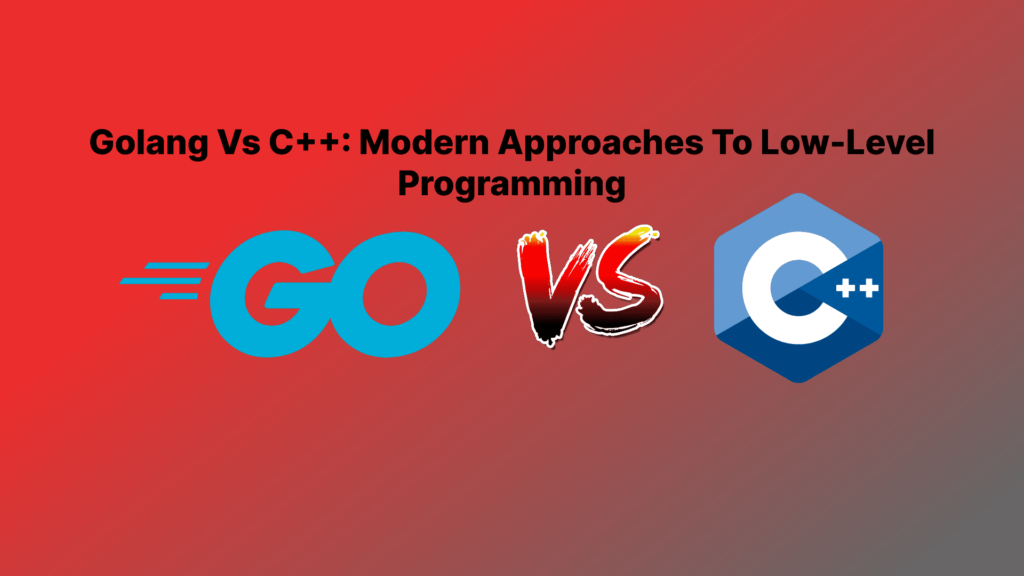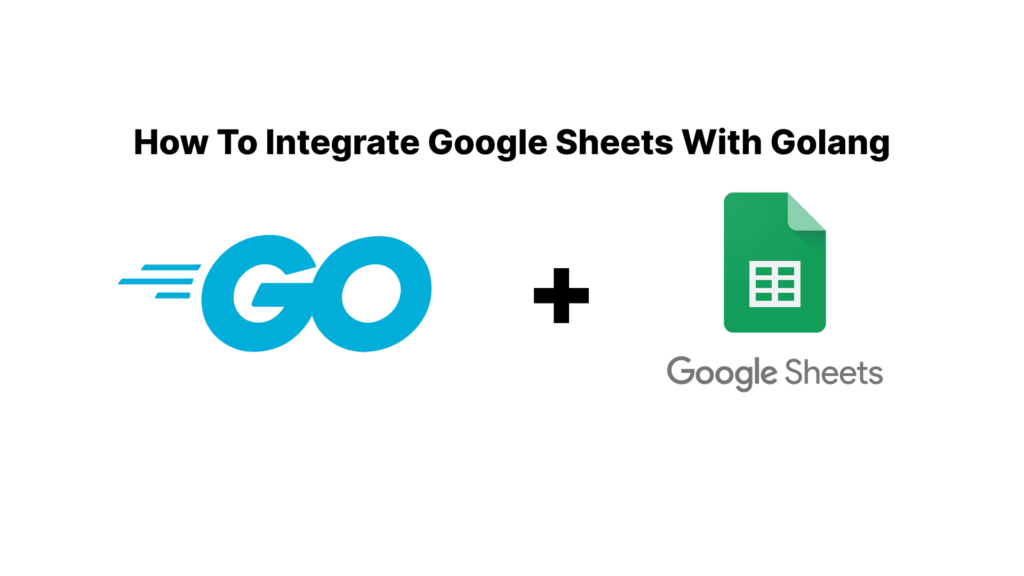In web development, the integration of a database is often a crucial step in building data-driven web applications. A web application’s ability to store, retrieve, and manipulate data is a defining factor in its functionality and utility. When it comes to GoLang Fiber, a high-performance web framework, mastering database integration is key to building robust and efficient web applications. In this comprehensive guide, we will explore the art of connecting to a database in GoLang Fiber, delve into performing CRUD (Create, Read, Update, Delete) operations with a database, learn how to use an ORM (Object-Relational Mapping) such as GORM with Fiber, understand data validation and sanitation, and discover best practices for handling database-related errors. By the end of this guide, you’ll have the knowledge and skills to create data-driven web applications with GoLang Fiber.
Connecting to a Database in GoLang Fiber
Connecting to a database is often the first step in building a data-driven web application. GoLang Fiber provides the flexibility to integrate with a variety of database systems, whether you’re using traditional relational databases like MySQL or PostgreSQL, or NoSQL databases like MongoDB.
In this section, we’ll explore the steps to connect to a MySQL database using Fiber. You’ll need to install the necessary database driver for your specific database system. For MySQL, we can use the popular "gorm.io/gorm" package with the "gorm.io/driver/mysql" driver.
Here’s how to set up the connection:
1. Install Required Packages:
To connect to a MySQL database, you need to install the GORM package and the MySQL driver package. You can do this using the following commands:
go get -u gorm.io/gorm
go get -u gorm.io/driver/mysql
2. Initialize the Database Connection:
In your GoLang Fiber application, import the necessary packages and initialize the database connection:
package main
import (
"github.com/gofiber/fiber/v2"
"gorm.io/gorm"
"gorm.io/driver/mysql"
)
func main() {
app := fiber.New()
// Define the database configuration
dsn := "username:password@tcp(127.0.0.1:3306)/dbname?parseTime=true"
// Initialize the database connection
db, err := gorm.Open(mysql.Open(dsn), &gorm.Config{})
if err != nil {
panic("Failed to connect to the database")
}
defer db.Close()
// Define your routes and handle database operations
// ...
app.Listen(":3000")
}
In this code, replace "username", "password", "127.0.0.1:3306", and "dbname" with your actual MySQL database credentials and connection details.
3. Perform Database Operations:
Once the database connection is established, you can use the db variable to perform various database operations, such as querying data, inserting records, updating data, and deleting records.
We’ll delve into CRUD operations in the next section.
CRUD Operations with a Database
CRUD operations, which stand for Create, Read, Update, and Delete, are fundamental when working with a database. GoLang Fiber simplifies the execution of these operations by providing an efficient way to interact with the database.
1. Create (Insert) Records:
To insert a new record into the database, you can use GORM’s Create method. Here’s an example:
// Define a struct that corresponds to the database table
type User struct {
ID uint
Name string
Age int
}
// Insert a new user record
newUser := User{Name: "John Doe", Age: 30}
result := db.Create(&newUser)
GORM automatically generates the necessary SQL statements to insert the record.
2. Read (Retrieve) Records:
To retrieve data from the database, you can use GORM’s Find method. For instance, to retrieve all user records, you can do:
var users []User
db.Find(&users)
You can also use conditions and filters to retrieve specific records.
3. Update Records:
Updating records is achieved using GORM’s Save method. Here’s an example:
// Find the user record to update
var user User
db.First(&user, 1)
// Update the user's name
user.Name = "Updated Name"
db.Save(&user)
4. Delete Records:
Deleting records is as simple as using GORM’s Delete method:
// Delete a specific user record
db.Delete(&user, 1)
This code deletes the user record with an ID of 1.
Using GORM with GoLang Fiber simplifies the execution of CRUD operations, making your database interactions efficient and straightforward.
Using an ORM (e.g., GORM) with Fiber
Object-Relational Mapping (ORM) libraries like GORM provide a powerful way to work with databases in GoLang. They abstract database operations and allow you to work with Go structs instead of writing raw SQL queries.
Let’s explore how to use GORM with GoLang Fiber to perform CRUD operations:
- Define Database Models:
First, you need to define Go structs that represent your database tables. For example, if you have a table for users, you can define a struct like this:
type User struct {
gorm.Model
Name string
Age int
}
In this example, we embed gorm.Model, which includes fields like ID, CreatedAt, and UpdatedAt.
- Initialize GORM:
Initialize GORM by opening a connection to your database, specifying the database driver, and the connection details.
db, err := gorm.Open(mysql.Open(dsn), &gorm.Config{})
if err != nil {
panic("Failed to connect to the database")
}
defer db.Close()
- Perform CRUD Operations:
With GORM set up, you can perform CRUD operations using methods like Create, Find, Save, and Delete, as shown in the previous section.
For example, to create a new user record:
newUser := User{Name: "John Doe", Age: 30}
db.Create(&newUser)
To retrieve all user records:
var users []User
db.Find(&users)
And so on.
Using GORM with GoLang Fiber allows you to work with databases in a more natural and efficient way, without writing extensive SQL queries.
Data Validation and Sanitation
Data validation and sanitation are critical aspects of database integration in web applications. Ensuring that the data you store in your database is valid and safe is vital to maintain data integrity and security.
GoLang Fiber provides tools and techniques to validate and sanitize data before it’s stored in the database. Here are some best practices:
- Input Validation:
Always validate user input before it’s sent to the database. Use validation libraries or functions to check data for correctness and security.
For instance, you can use the "github.com/go-playground/validator/v10" package for input validation. Define validation rules for your data structures and apply them before database operations.
- Sanitation:
Sanitize user input to prevent SQL injection and other security vulnerabilities. GoLang Fiber and GORM help protect against SQL injection by automatically escaping or parameterizing queries.
Be cautious when incorporating user input directly into SQL queries. Instead, use GORM’s parameter binding capabilities to prevent SQL injection.
- Data Cleaning:
Data in the database may change over time. Implement data cleaning processes to ensure data consistency and integrity.
Periodically clean up outdated or irrelevant data, validate data on input, and run consistency checks to ensure data quality.
- Authentication and Authorization:
Implement user authentication and authorization to ensure that only authorized users can access and modify the data in your database. Use access control lists (ACLs) or role-based access control (RBAC) to manage permissions.
GoLang Fiber provides middleware for handling authentication and authorization, making it easier to secure your application.
Handling Database-Related Errors
Handling errors is an essential part of database integration. When working with databases, errors can occur due to various reasons, such as network issues, incorrect queries, or database constraints. It’s crucial to handle these errors gracefully to maintain the stability and reliability of your web application.
Here’s how you can handle database-related errors in GoLang Fiber:
- Error Handling Middleware:
Implement error-handling middleware to catch and process database-related errors. You can use the Recover middleware in Fiber to capture panics and errors and provide meaningful responses to users.
app.Use(func(c *fiber.Ctx) error {
defer func() {
if r := recover(); r != nil {
// Handle the error and respond with an error message
c.Status(500).SendString("Internal Server Error")
}
}()
return c.Next()
})
This middleware will catch panics and errors and respond with an internal server error message.
- Logging and Monitoring:
Implement logging and monitoring to keep track of database-related errors. Log errors with relevant details to help diagnose and fix issues promptly.
Tools like Prometheus and Grafana can be used for monitoring and alerting based on the recorded metrics.
- Graceful Degradation:
Plan for graceful degradation in case of database failures. Provide fallback mechanisms or cached data to ensure the application remains functional even when the database is temporarily inaccessible.
- User-Friendly Error Responses:
When an error occurs, respond with user-friendly error messages instead of exposing technical details. User-friendly error messages enhance the user experience and security.
- Transaction Handling:
Use database transactions to ensure data consistency in the event of errors. Transactions allow you to group multiple database operations into a single unit of work. If an error occurs, you can roll back the transaction to its initial state.
Handling database-related errors requires a comprehensive approach, including monitoring, logging, and user-friendly responses. By implementing these best practices, you can ensure that your web application remains resilient even when faced with database issues.
Conclusion
Database integration is a critical aspect of web development, and GoLang Fiber provides a robust framework for seamless integration with various database systems. Connecting to a database, performing CRUD operations, using an ORM like GORM, validating and sanitizing data, and handling database-related errors are all essential components of building data-driven web applications with GoLang Fiber.
As you delve deeper into Fiber’s capabilities, you’ll discover its extensive features for interacting with databases efficiently and securely. Whether you’re building e-commerce platforms, content management systems, or enterprise-grade applications, Fiber equips you with the tools to manage data effectively and deliver high-quality web solutions.
The combination of Fiber’s database integration features, routing and middleware capabilities, and template and view handling makes it an ideal choice for modern web development. Embrace the power of GoLang Fiber, and embark on your journey to building robust and data-driven web applications that cater to the needs of today’s digital world.




